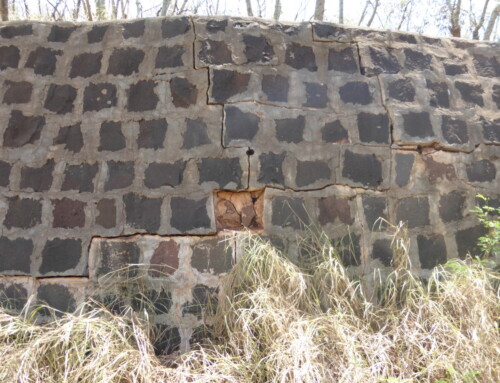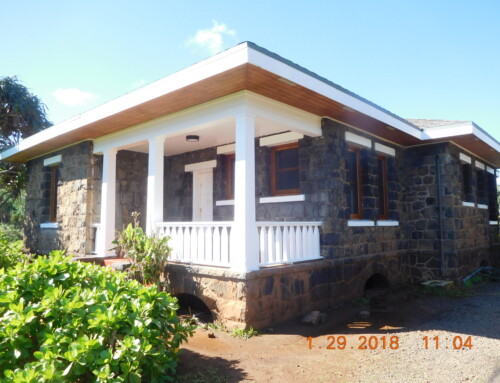Federal and State regulations require consultation and review for projects impacting historic properties, specifically, projects taking place on federal or state lands, or projects requiring permits from federal or state agencies.
To understand how certain projects will impact historic properties within their Area of Potential Effect (APE), these resources first must be identified. As historic properties include different types of resources—such as landscapes, sites, districts, structures, and buildings—different approaches must be used to identify potentially significant resources.
Much like an architectural survey, the purpose and goal of an archaeological inventory survey is to identify and assess the resources within the area that may be impacted by a proposed project. For all historic resources, the scope of the investigation, including the methodology, must be tailored to the type of resource by a qualified professional so the impacts of a project can be fairly assessed. An Archaeological Inventory Survey identifies historic properties, assessing the significance of the identified historic properties, and recommends appropriate mitigation.
An AIS should be conducted by a qualified archaeologist who meets the educational and experience qualifications enumerated in the Secretary of the Interior’s professional qualifications. The AIS can include a number of different methodologies, including pedestrian surveys as well as trenching. Determining what methodologies will be used depends primarily on the proposed project location and what the project involves. Research of previous archaeological studies and historic contexts of the area often reveal the potential for artifacts and the types of artifacts. Knowledge of the different strata in a given area provides a foundation for understanding what eras the artifacts date from.
The footprint and type of ground disturbing activity is considered in determining the scope of work for the AIS (e.g. is the project demolition and replacement of a concrete slab, or installing pilings for a new high rise?). Another major consideration is the setting of the proposed project. For example, methodology for an AIS differs for a project in a rural setting from one in an urban area. Additionally, existing conditions, such as sewer lines and presence of buildings, are taken into consideration when deciding on the methodology of AIS. Taking into account the historic context, previous studies, proposed project’s scope of work, project setting, locations existing conditions decides how the AIS will be carried out. This scope of work should be agreed upon with the State Historic Preservation Division.
Once the work is complete, sites, artifacts or objects are assessed for historic significance within the context of the National and State Register of Historic Places. Based on these findings, an AIS includes recommended mitigation which can include a range of plans and reports including, but not limited to, a monitoring plan, preservation plan, data recovery plan, or a burial treatment plan.
By Megan Borthwick, past Preservation Program Manager
April 2014
Sources:
Interview with Douglas Borthwick, B.A, Project Director, Cultural Surveys Hawai‘i
Hawai‘i Revised Statutes Chapter 6E





